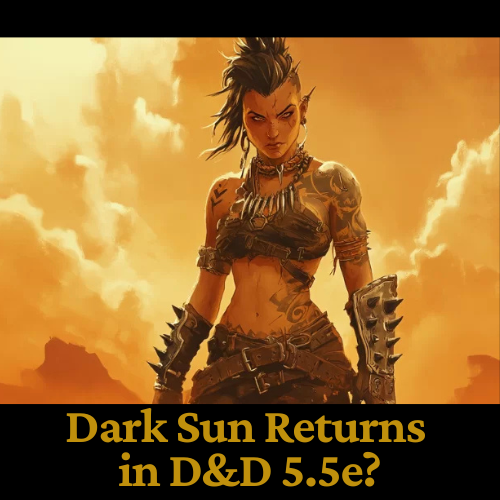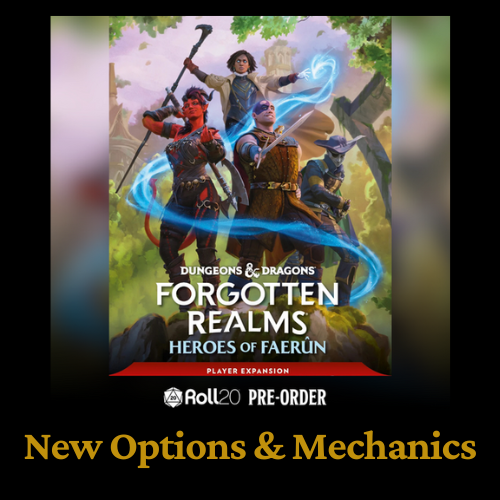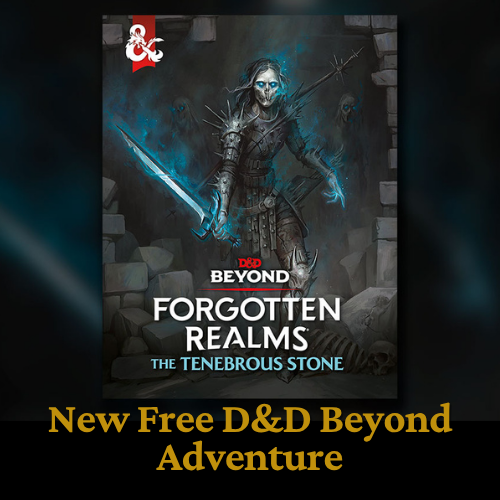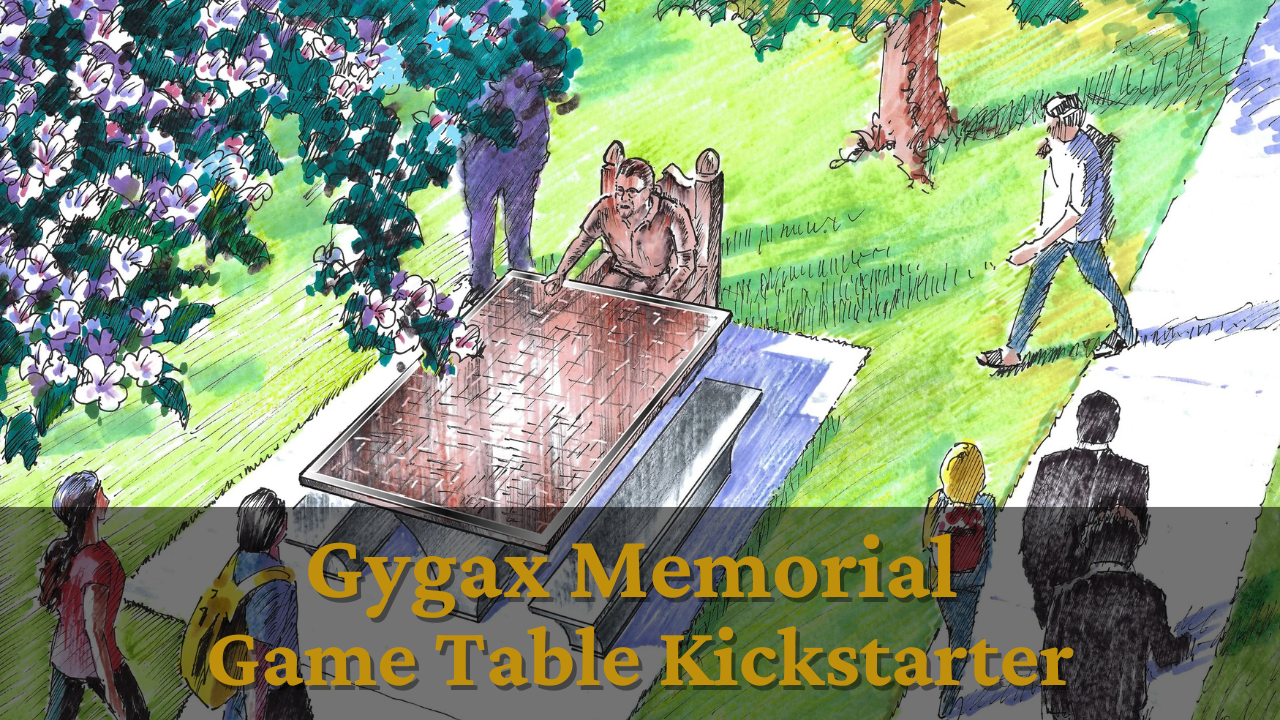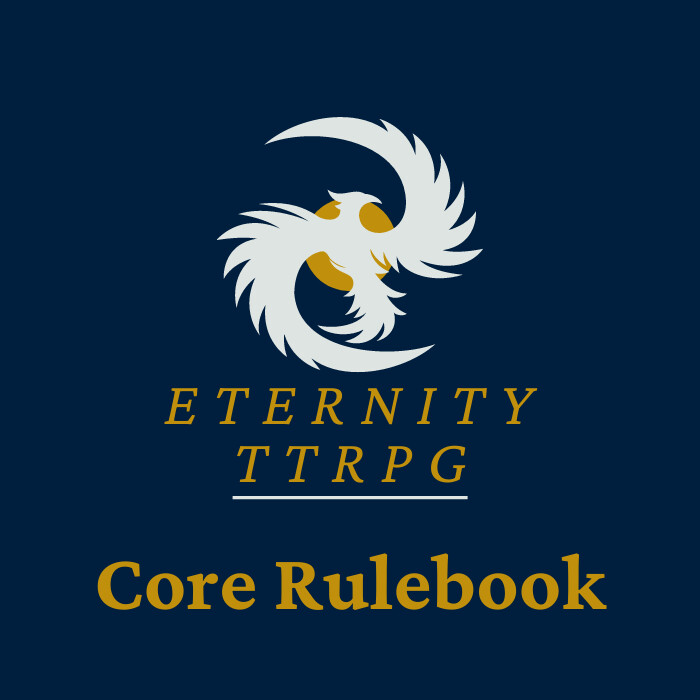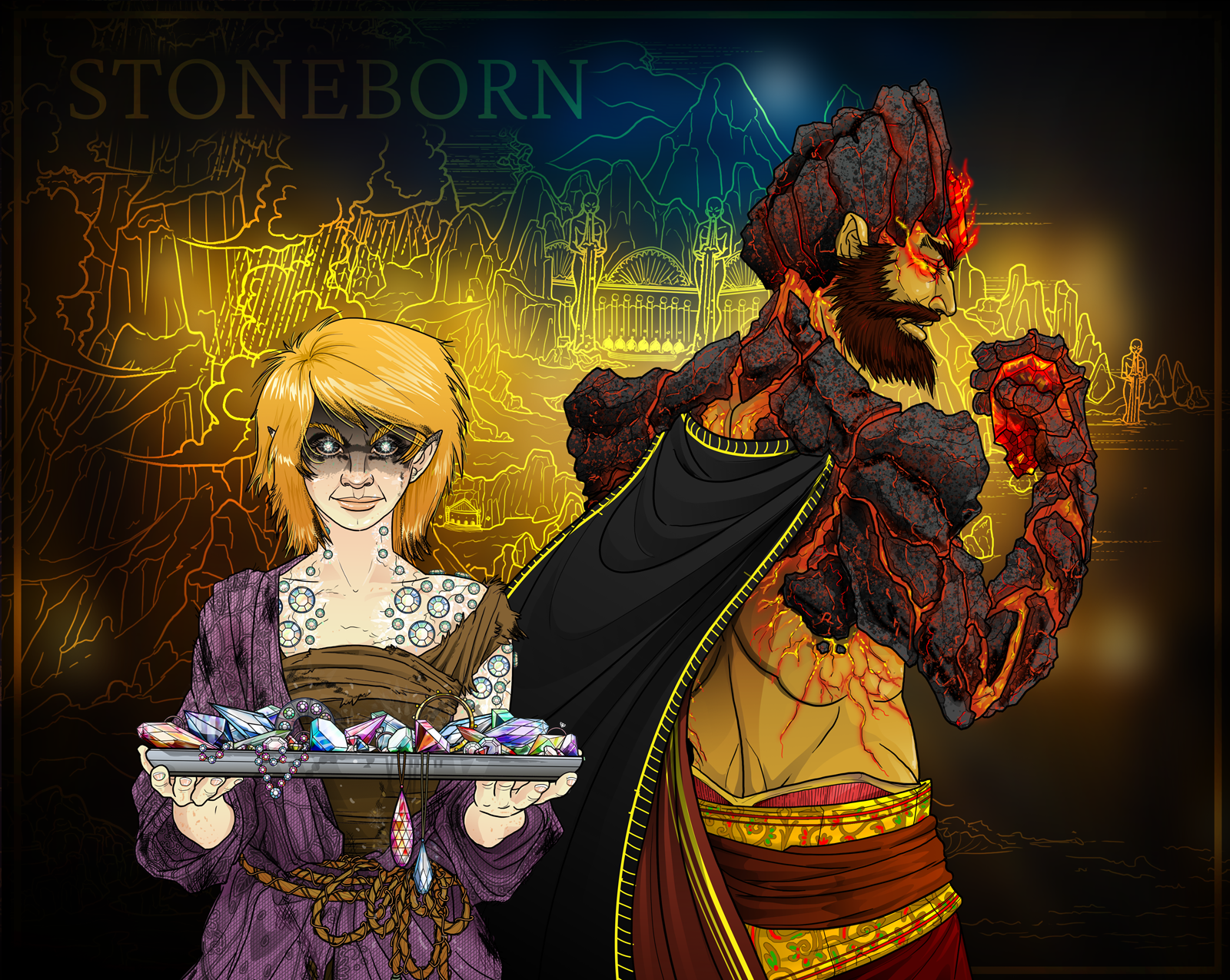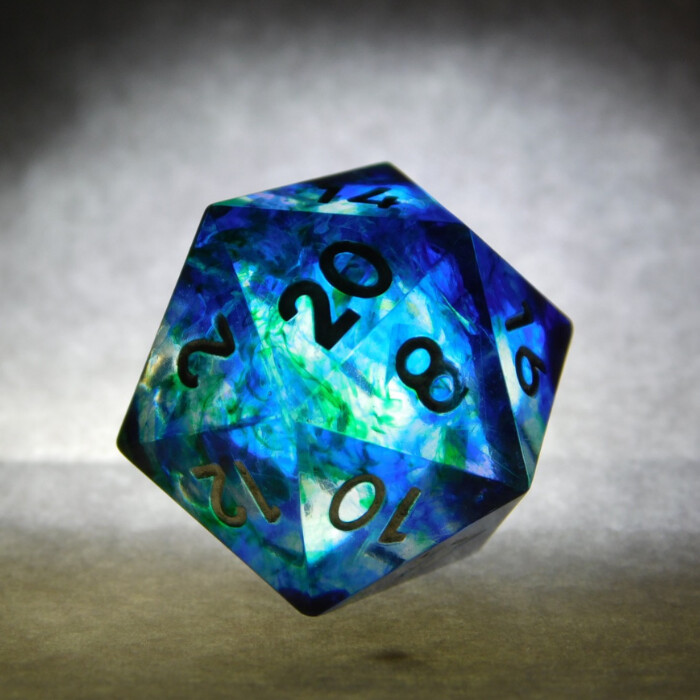Gygax Memorial Fund Kickstarter to Commemorate Gary and D&D
Transcribed content from our recent YouTube video: https://www.youtube.com/watch?v=RfmCpJPQM7o
Transcription
The Gygax Memorial Fund is working to build a D&D memorial for the late Gary Gygax. The memorial will (hopefully) be placed in Library Park, in downtown Lake Geneva, Wisconsin—the birthplace of Dungeons & Dragons.
This is the park that Gary himself loved and even chose as the spot for a memorial before he passed. In 2024, during D&D’s 50th anniversary, the city officially granted land for the project.
This memorial will be a life-sized stone gaming table, with a dungeon map designed by Gary Gygax himself.
But the question is, will this Kickstarter finally succeed where past efforts failed?
Welcome back to Eternity TTRPG—your weekly quest hub for all things Dungeons & Dragons. Today, we’re talking about a very feel-good story for your Friday – a legendary project years in the making: the Gary Gygax Memorial Game Table.
Gary, co-creator of Dungeons & Dragons, passed away in 2008. Since then, his widow Gail Gygax has championed the idea of a permanent memorial in their hometown of Lake Geneva.
Now, the Gygax Memorial Fund has revealed their project: a stone game table in Library Park, complete with benches and, eventually, a bronze statue of Gary himself. The table will feature a bronze map of Gygax’s very first dungeon.
The Kickstarter launched October 1st, 2025, marking the anniversary of TSR, the company Gary founded to publish D&D.
Backers for this project get everything from digital scrolls to engraved pavers around the monument.
Of course, fans are excited—but also cautious. The Gygax Memorial Fund has been planning memorials since at least 2012, and past efforts fizzled after raising over $100K. This has left some fans asking wondering about this attempt.
On EN World, one user wrote: ‘The fund has talked about this for a decade—none of it has come to fruition. What makes this attempt special?’
But others point out that since Paul Stormberg took over as chair in 2020, the fund has started producing real results—like memorial benches and library exhibits. And with Lake Geneva officially granting land for the project, this campaign has a stronger foundation than ever.
For some D&D fans, this may not just be a statue, but a chance to gather in the very town where roleplaying was – more or less – born.
It is pretty amazing to think that you could sit at Gary’s table and roll dice on his original dungeon.
This is both a tribute to the past and a playable monument for future generations of adventurers.
If you’re interested in helping fund the project, I’ll leave a link the video description, and comments.
And lastly, what do you think? Will the Gary Gygax Memorial Game Table finally become a reality—or is this another critical fumble?
Drop your thoughts in the comments, and don’t forget to like, subscribe, and ring that bell so you don’t miss next week’s D&D news.
Dice, Dungeons, Games & More - Eternity TTRPG
Share This Article

Author - Jacob Tegtman
Dear reader, I hope you enjoyed this article. Tabletop gaming has been a passion of mine since I was 6 years old. I've played just about every game from Dungeons and Dragons to video games like Final Fantasy. These games have inspired me, made me laugh, made me cry, and brought me endless hours of enjoyment.
I started Eternity TTRPG - and the indie tabletop game that goes along with it (Eternity Shop) - to share my love of gaming with others. I believe that in our technology-driven age, tabletop games help bring a sense of magic and community back into our world.
If you love the site, please share it with others! I have lots of gaming-related material for you to peruse and use in your own gaming sessions. If you have any questions about the site or want to contribute, just send me a message using the "Contact" page, which you can find in the site's footer.
